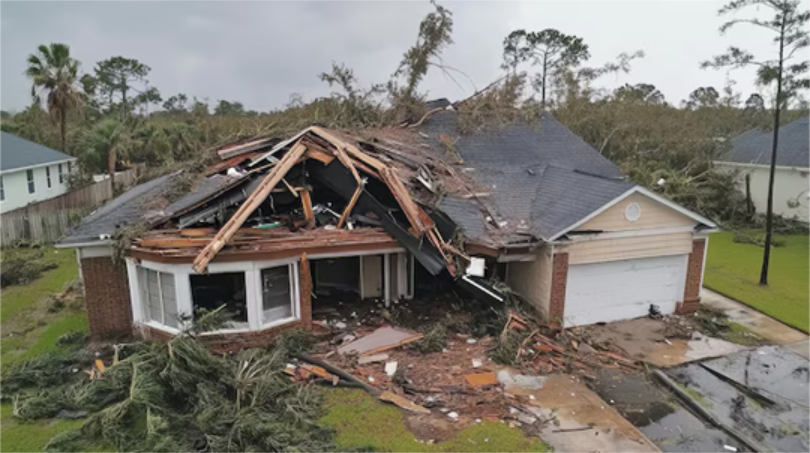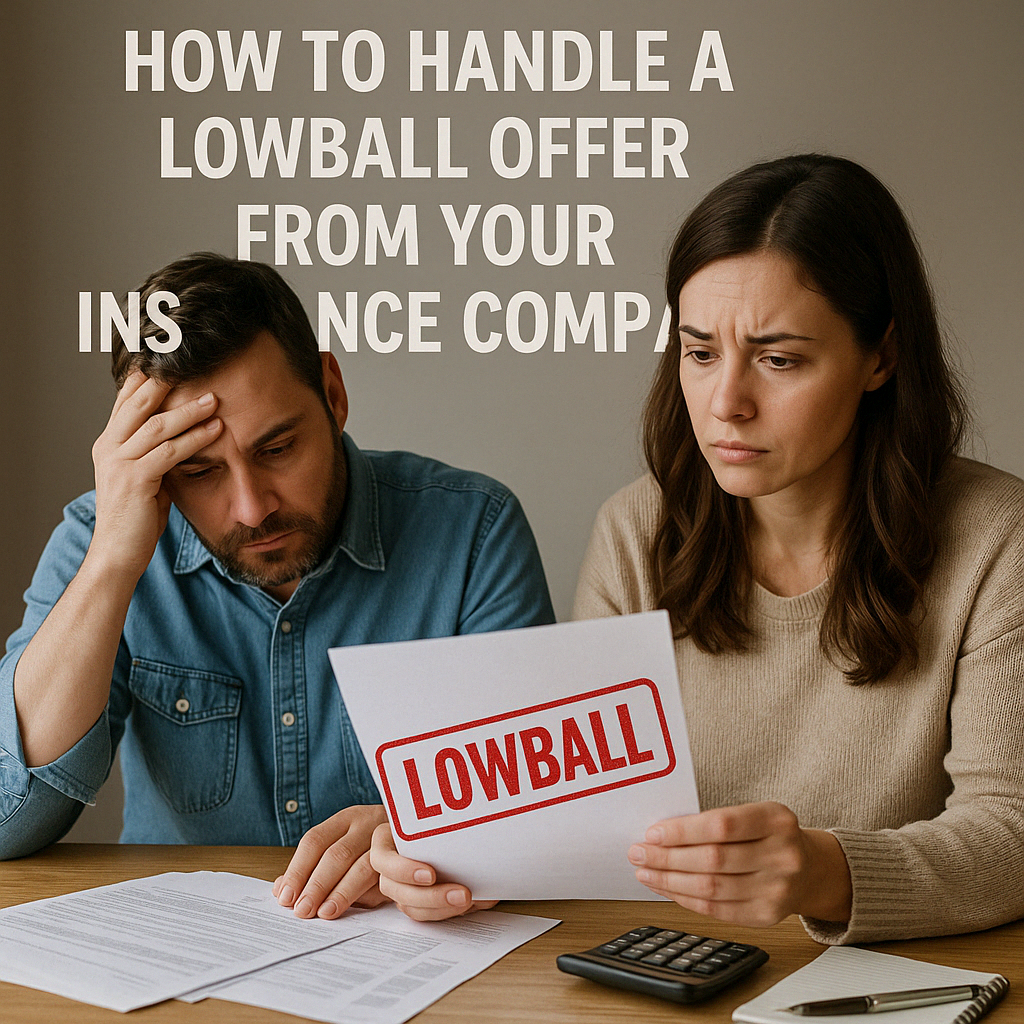When disaster strikes—whether it’s fire, water damage, or a break-in—dealing with the aftermath can feel overwhelming. One of the most important steps in filing a first-party insurance claim is preparing a complete inventory of your damaged or lost contents. This document will be the backbone of your personal property claim and can significantly affect the amount of money your insurance company offers to replace your belongings.
Whether you’re preparing a claim right now or planning ahead, here’s everything you need to know to do it right.
📝 What Is a Contents Inventory?
A contents inventory is a detailed list of personal property items that were damaged, destroyed, or stolen in a covered event. It usually includes:
- A description of each item
- The quantity (if applicable)
- The brand or manufacturer
- The model or serial number (if known)
- The purchase date and place
- The original cost and replacement cost
- Photos or receipts, if available
📦 Why It Matters
Insurance companies rely on your inventory to calculate what they owe you under your policy. Without it, you’re likely to:
- Receive a lower payout
- Be delayed in receiving payment
- Miss out on reimbursement for items you forgot to list
The more complete and organized your inventory is, the better positioned you are to receive full compensation.
✅ Steps to Create a Complete Inventory
1. Start With Each Room
Go room by room and list everything you can remember or see. Start with the obvious large items (furniture, electronics) and move to the smaller things (decor, kitchenware, clothing, books, etc.).
2. Use a Spreadsheet or Inventory Form
You can use Excel, Google Sheets, or insurance-specific forms. A simple table with columns like Item, Brand, Cost, Date Purchased, and Condition will go a long way.
Tip: Some insurance companies offer templates or apps to guide you. Use them if available—but always keep your own copy.
3. Add Photos and Videos
Visual evidence is powerful. Include “before” photos if you have them (even casual family photos that show items in the background), and take “after” photos to show the damage.
4. Gather Receipts and Statements
Pull together any proof of purchase—credit card records, store receipts, Amazon order histories, and warranties all count. Even screenshots from websites showing current prices can help prove value.
5. Estimate the Value
If you don’t have receipts, research what it would cost to buy the same or similar item today. Include that estimate in your spreadsheet and mark whether you’re claiming Actual Cash Value (ACV) or Replacement Cost Value (RCV) depending on your policy.
6. Don’t Forget the Little Stuff
It’s easy to remember your TV and couch—but what about:
- Clothes and shoes in every closet
- Linens, towels, and bedding
- Food in the pantry or freezer
- Toys, tools, and sports equipment
- Toiletries, cosmetics, and cleaning supplies
- Wall art, décor, and keepsakes
These smaller items add up—and they’re often undervalued in initial insurance offers.
⚠️ Common Mistakes to Avoid
- Waiting too long to start – Memory fades fast. Start immediately, even if it’s not perfect.
- Accepting the insurance company’s inventory list without question – Their list is usually incomplete and undervalued.
- Throwing away damaged items before documenting – Take photos and video of everything before disposal.
- Forgetting to back up your digital inventory – Store copies in the cloud or email them to yourself.
🛡️ Let Us Help You Maximize Your Contents Claim
At The Insurance Law firm, we help homeowners across Tennessee navigate complex insurance claims, especially when insurance companies delay, underpay, or deny valid contents claims.
If you feel overwhelmed—or if your insurance company is pressuring you to accept less than you deserve—we’re ready to step in and help.
📞 Call us today for a free consultation. Let us help you recover what you’ve worked so hard to build.




